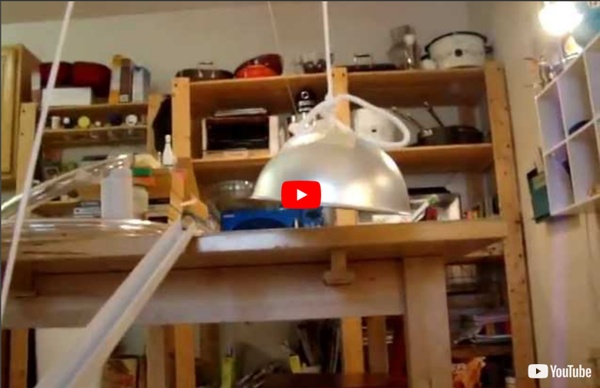Audri's Rube Goldberg Monster Trap
Melvin the Mini Machine
Heyheyhey a décidé de créer une machine à réactions en chaîne appelée Melvin the Mini Machine dans deux valises. Rube Goldberg nous montre dans cette vidéo de très belle facture son fonctionnement dans une vidéo à découvrir dans la suite.
Connected - short film
BEAUTY – Les chefs d’oeuvre de la peinture prennent vie dans une vidéo incroyable
BEAUTY – Les chefs d’oeuvre de la peinture prennent vie dans une vidéo incroyable “BEAUTY“, ou quand les chefs d’oeuvre de la peinture prennent vie dans une vidéo magnifique imaginée par le réalisateur italien Rino Stefano Tagliafierro, basé à Milan. Une animation magique et subtile qui nous entraine de la naissance à la mort à travers une centaine de tableaux d’une incroyable beauté…
Related:
Related:



